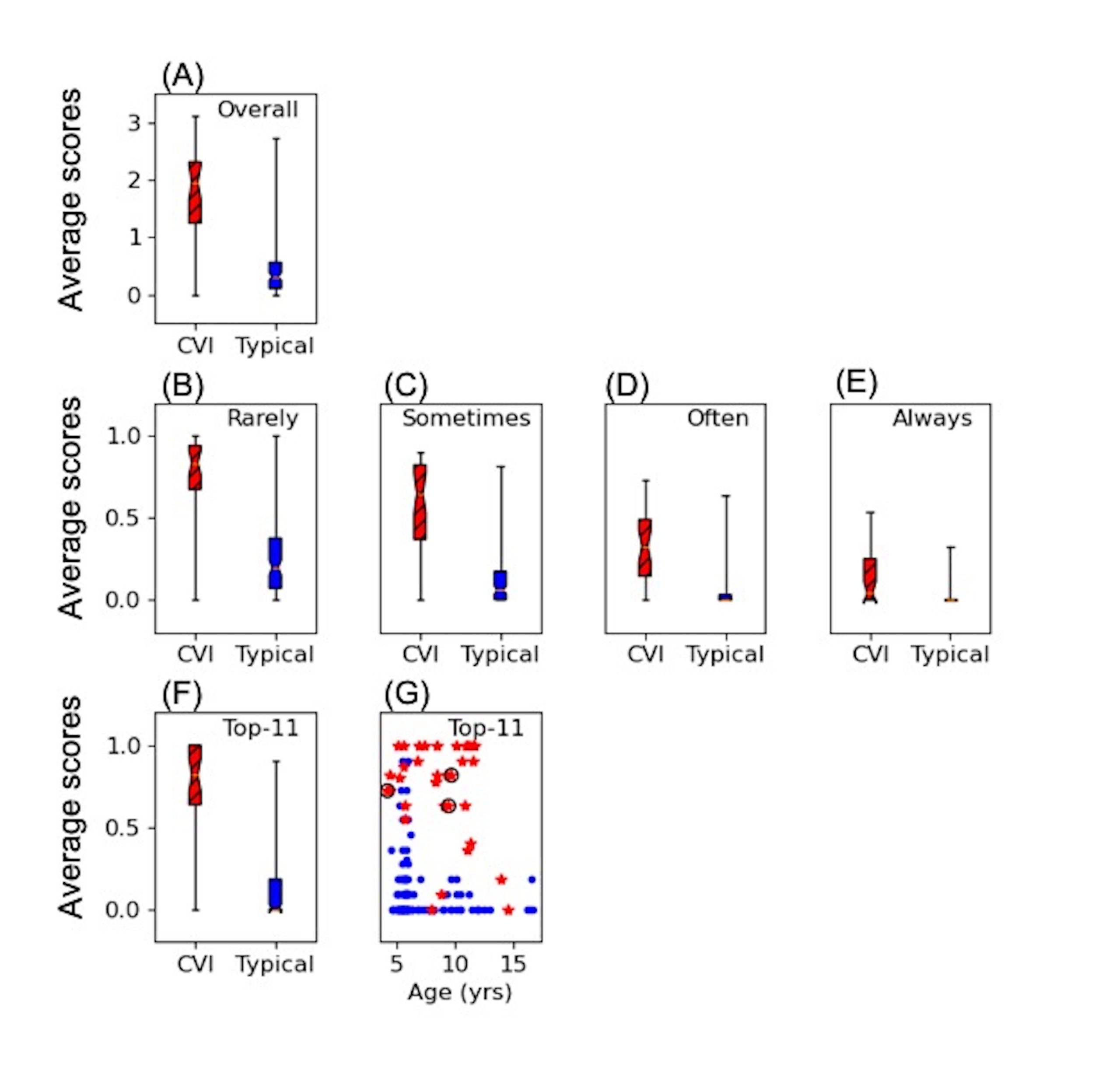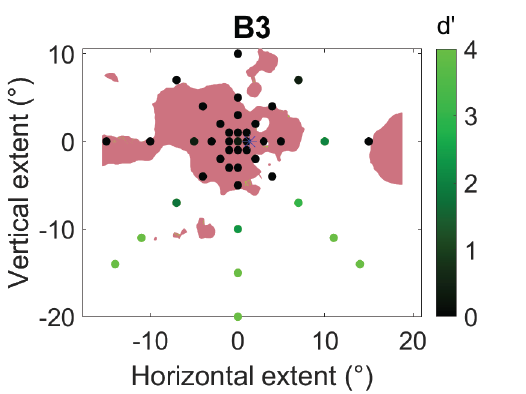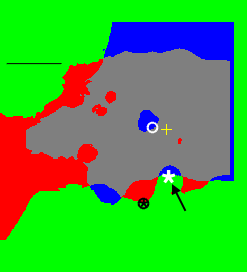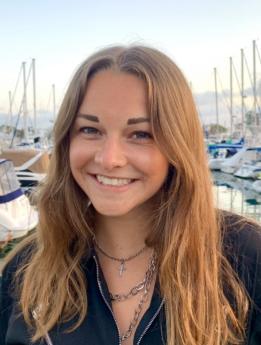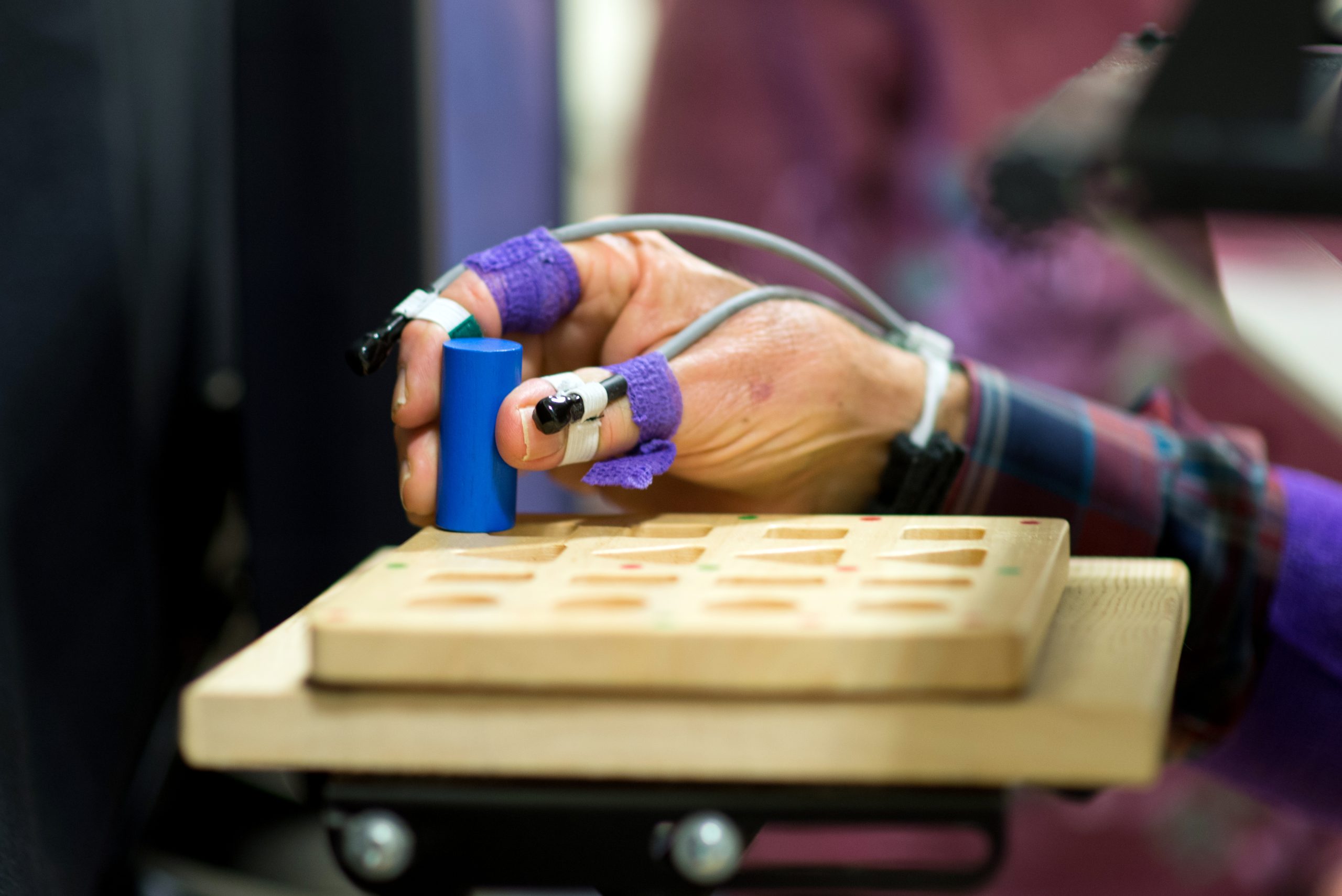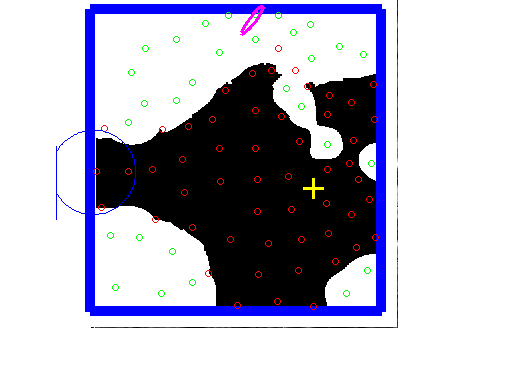MentorsProjects Mentors Projects…
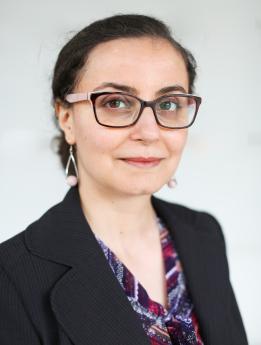
Research Scientist
Meta
PhD in Cognitive Psychology, Goldsmiths, University of London, UK BSc in Electrical Engineering, Sharif University of Technology, Tehran, Iran
I am a cognitive psychologists and a vision scientist. I am interested in understanding reading problems in order to improve the reading experience. Along with Dr. Chandna, I study higher visual function deficits in children with cerebral visual impairment (CVI). Specifically, in collaboration with with Dr. Chandna I lead the research to investigate how CVI affects reading in each child in order to improve or develop individualized (re)habilitation techniques or assistive technologies. In addition, I am interested to understand how TBI (which is a form of CVI) affects reading in adults. I am also interested in binocular vision (stereopsis, fusion, suppression) and how the two eyes work together during daily living tasks in individuals with normal or abnormal vision, such as strabismus or amblyopia. To do so, I use (i) qualitative methods such as as in-depth interviews, surveys and questionnaires and (ii) quantitative methods such as regression, factor analysis and cluster analysis on objective data (e.g., eye-movements and accommodation measurements; behavioural data on psychophysics experiments or EEG). Furthermore, I develop applications that can be used for research or rehabilitation.
Contact Information:
Email: saeideh@ski.org
Office Phone: (415) 345-2064
2318 Fillmore St
San Francisco, CA 94115
Mentorship Period:
January 2013 - June 2021Publications
Journal Articles
Presentations/Posters
Theses
Other Publications
Trainees
Past
Collaborators
Mentors
Projects
Stereopsis in Macular Degeneration
Macular degeneration affects the central retina, often causing asymmetrical damage to the two eyes. How does this asymmetrical loss affect stereopsis — the percept of depth generated by the small separation of image features in the two eyes?
Upper Depth Limit Across Visual Field
Stereopsis is important for tasks of daily living such as eye-hand coordination. It is best in central vision but is also mediated by the periphery. Previously we have shown that individuals with central-field loss who have residual stereopsis in the

Investigating Reading in Individuals with Cerebral Visual Impairment (CVI)
In this project, we aim to understand (i) how CVI affects reading, (ii) how current rehabilitation techniques or assistive technologies help improve reading in CVI and (iii) what more can be done to assist those individuals with CVI There are many

Reading in mTBI
People with mTBI often complain about dificulty in reading in spite of normal results in usual eye exams. We investigate this issue by looking at accommodation and reading rate and subjective measurement of reading difficuties for a variaty of reading
Adaptive Visual Strategies for Individuals with Macular Degeneration
In this project we try to gain a better understanding of what visual strategies people use to gather information in the world.

Calibration of Eccentric Power Refractor
Eccentric power refractors need to be calibrated for accommodation and gaze position for individual participants. Calibration however can be time consuming. We look at different conditions in which calibration is necessary or preferable. This project is now completed. Please see

The Window of Spatial Attention in Reading
We investigate the dynamics of spatial attention while the eyes move around to gather information.

Parafoveal Crowding
Crowding increases with eccentricity, and is most readily observed in the periphery. During natural, active vision however, central vision plays an important role. Measures of critical distance to estimate crowding are difficult in central vision, as these distances are small.
Fovea Use During Smooth Pursuit
There is continuing debate as to whether smooth pursuit relies on the foveation of a moving target, especially when the target is compact. Previous studies have shown that gaze is placed on the center-of-mass of a target during saccadic eye

